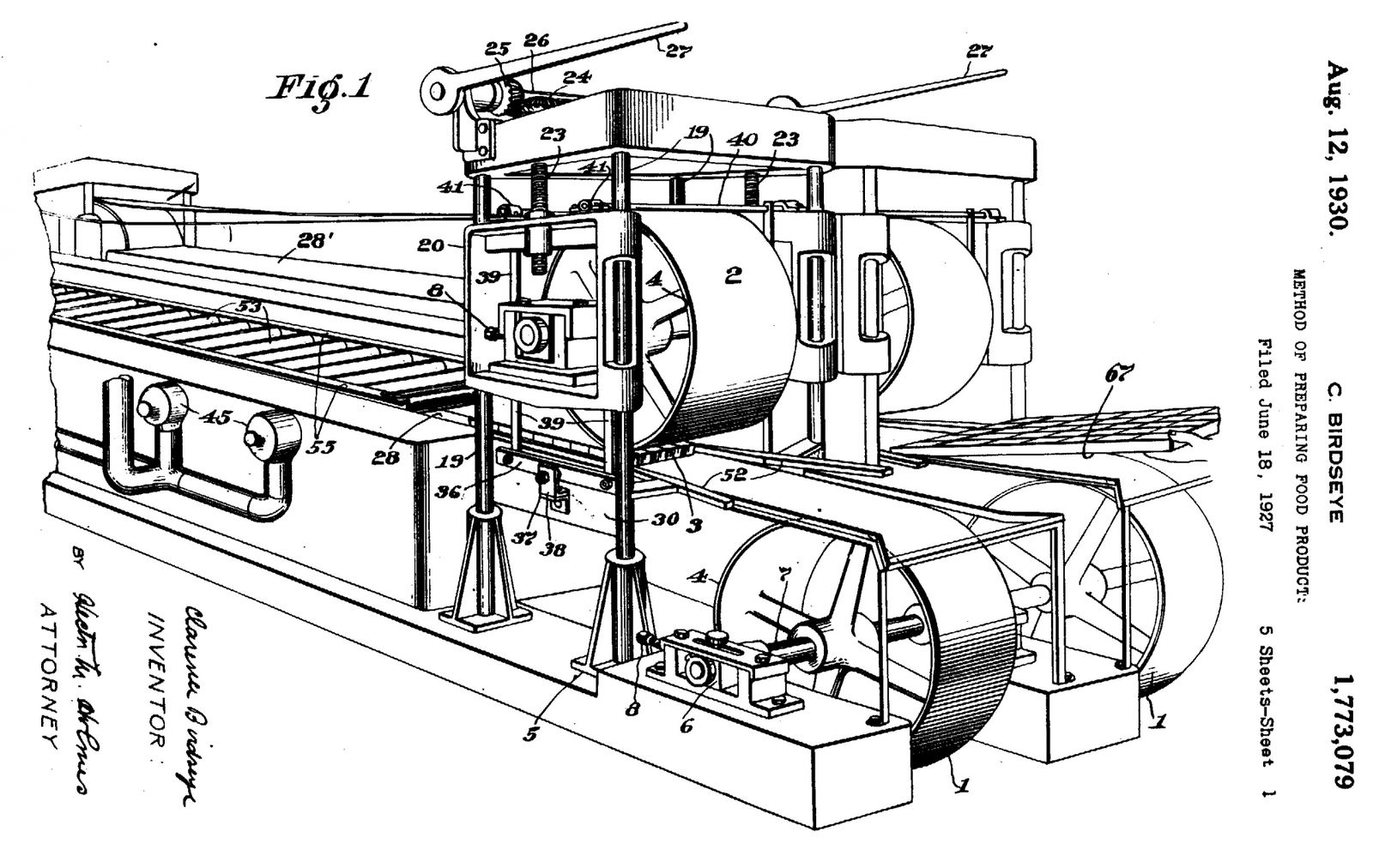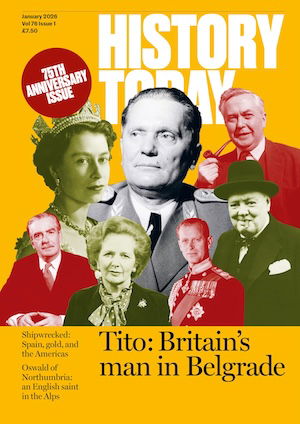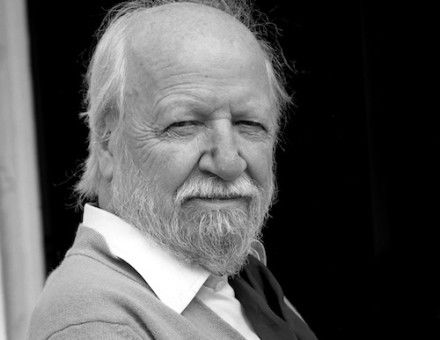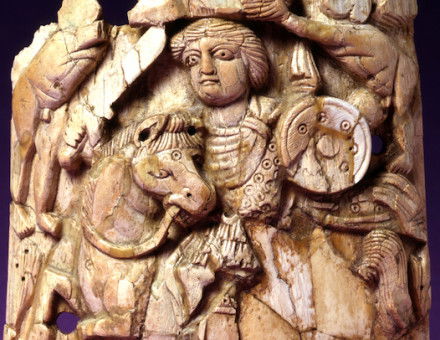Clarence Birdseye Dies
The father of today’s frozen food business died on 7 October, 1956.

Sales of frozen food began in a small way in the 1860s, but the father of today’s frozen food business was an American naturalist with the improbable name of Clarence Birdseye. Intelligent and insatiably curious, at the age of ten he was trapping muskrats in Long Island and selling them to a customer in England and he later helped to pay his college fees by catching live frogs for the Bronx Zoo to feed to its reptiles. He worked as a naturalist with the US Department of Agriculture in New Mexico and Arizona, where he tried eating rattlesnake. He was always adventurous with food and later pronounced that the front half of a skunk tastes excellent.





